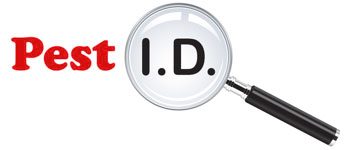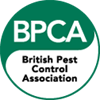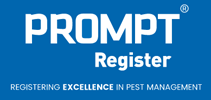Pests have an uncanny ability to infiltrate spaces where food is handled, stored, or prepared. Food handling environments, whether commercial kitchens, restaurants, or residential kitchens, provide an abundant source of nourishment for pests.
Understanding the reasons behind this attraction is essential for implementing effective pest control measures. In this article, we’ll delve into the factors that make food handling environments particularly appealing to pests – and what measures can be taken to prevent the presence of these pests.
Abundance of Food Sources
Food handling environments are rich in readily available food sources, so it’s quite clear that pests will be drawn in by the abundance of accessible and easily obtainable food. Commercial kitchens, restaurants, and residential kitchens provide pests with a variety of food items, from stored dry goods to crumbs and leftovers.
Residual food particles and crumbs left on countertops, floors, and in corners serve as a buffet for pests. Inadequate cleaning practices or delays in cleaning up spills create an environment that attracts pests seeking nourishment. Regular and thorough cleaning is crucial to eliminate these attractive food sources.
Improper Food Storage
Improperly stored food can be a magnet for pests. Unsealed containers, poorly sealed bags, or food left exposed are easy targets for pests looking for a quick meal. Proper food storage practices, including airtight containers and refrigeration, help deter pests from accessing and contaminating food supplies.
Moisture Accumulation
Pests, particularly insects like cockroaches and ants, are attracted to moisture. Leaks, damp areas, and standing water in food handling environments create an ideal habitat for pests. Addressing and repairing water leaks promptly is essential in eliminating attractive conditions for pests.
Warmth and Shelter
Food handling environments often provide warmth and shelter, making them attractive nesting sites for pests. Cockroaches, rodents, and other pests seek refuge in areas where they can find both sustenance and a comfortable environment. Proper insulation, sealing cracks, and regular inspections help mitigate potential hiding spots.
Waste Management Practices
Inadequate waste management practices can contribute to pest attraction. Overflowing bins, improperly sealed rubbish bags, or infrequent disposal of food waste create an appealing environment for pests. Implementing proper waste disposal and regular removal schedules is crucial in reducing pest attraction.
Unattended Food
Leaving food unattended, whether during food preparation or after meals, is an open invitation for pests. Pests are opportunistic and will seize any chance to access unguarded food. Maintaining vigilance and promptly storing or disposing of food after use is vital for pest prevention.
Inadequate Pest Control Measures
Food handling environments that lack pest-proofing measures become vulnerable to infestations. Gaps around doors, windows, and vents, as well as cracks in walls and floors, provide entry points for pests. Sealing these entry points and implementing pest-proofing measures are essential.
Regular inspections, proactive pest management plans, and collaboration with professional pest control services are also vital for preventing pest infiltration.
Unguarded Entry Points
Any space, whether big or small, that provides an opening from outside to inside your building naturally provides the risk of pests entering. Therefore, any thing or action that can help exclude pests from entering in first place is a pest controller’s best friend. These tips below will help with pest exclusion:
- Doors and windows being kept closed (if possible)
- Butchers curtains implementation
- Bristle strips usage
- Ensuring there are no little holes, or at least sealed if they are
- Shutters / roller doors are closed when not in use.
Transportation and Deliveries
In commercial food handling environments, pests can be introduced through shipments and deliveries. Pests may hide in packaging materials, crates, or transported goods. Thorough inspections upon receipt of deliveries and implementing preventive measures in storage areas are crucial in avoiding pest infestations.
Summary
The attractiveness of food handling environments to pests is multifaceted, encompassing factors such as abundant food sources, improper storage, and inadequate cleanliness. Recognising these elements and implementing proactive measures are key to preventing pest infestations in kitchens, restaurants, and other food-related spaces.
By addressing the underlying reasons for pest attraction, individuals and businesses can create environments that are less hospitable to pests, ensuring the safety and hygiene of food handling areas.








